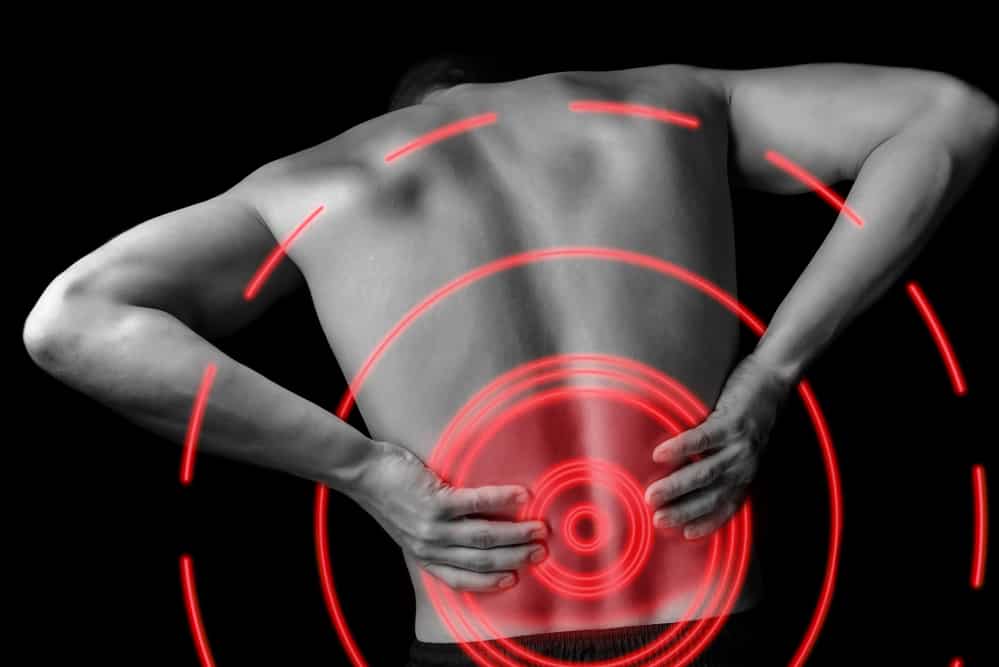You’ve been living with lower back pain for years. Whether you’re at your desk job or relaxing at home, you consistently feel pain and tension in the lower region of your body and it’s interrupting your daily tasks. The discomfort is impossible to ignore, but you don’t know which medical professional to consult about this issue.
If any of these relate to you, it’s possible you may have Lower Cross Syndrome (LCS), and it’s time to visit a chiropractor.
What is Lower Cross Syndrome? In this article, I will unpack what LCS is, common symptoms and causes, and treatment for Lower Cross Syndrome that can help relieve your discomfort.
What Is Lower Cross Syndrome?
Lower Cross Syndrome is a muscular imbalance that results in changes in posture. This imbalance can lead to prolonged pain or tension in the lower back, hips, and pelvic region.
What Are the Causes?
Both a sedentary lifestyle and poor posture can lead to Lower Cross Syndrome. This is a result of prolonged sitting due to work-life or injury which can lead to shortened hip flexor muscles. Shortened hip flexor muscles lead to tight lower back muscles which contribute to weak abdominal/core and gluteal/butt muscles.
The postural effects appear as a forward tilt of the pelvis, a forward head posture, and an excessive lower-back arch, thus a protruding abdomen. This contributes to an imbalance pull of muscles that affect the lower back, hips, pelvic region, and sometimes the hamstrings.
What Are Common Symptoms?
People who suffer from Lower Cross Syndrome often experience the following symptoms:
- Stiffness in the lumbar, hip, hamstrings, or pelvic area
- Pain in hip flexors, spine, gluteal muscles, and groin
- An overly arched low back
- Tension or tightness in the lower back and/or gluteal muscles
Treatments
Exercise and stretching is the best way to treat this syndrome. Considering that Lower Cross Syndrome develops as a result of shortened hip flexors and weak abdominal and gluteal muscles, the best treatment is to loosen and/or strengthen these muscles.
Here are exercises and stretches you can do to treat your lower back pain:
Stretches
To treat shortened or tight hip flexors, you have to loosen these muscles. Try these 2 stretches:
- Foam roller: Place the foam roller underneath the tight area of the lower body and roll back and forth over the area until tension loosens.
- Hip extensor stretch: Stand up straight, facing a wall with your feet hip-width apart. Place your hands on the wall for support. Step back with your right foot, keeping your right knee slightly bent. Bend the left knee, in a slight lunge. You should feel a gentle pull at the front of the right hip and thigh. Stay in this position for 60 seconds. Repeat on the opposite leg.
Exercises
To treat weak abdominal and gluteal muscles, you have to strengthen them. Try these two exercises:
- Hip raises: Lie on your back with your knees bent and your feet flat on the floor. Raise your hips up. Be sure to press your feet firmly into the ground and squeeze your glutes at the top. Pause, then repeat.
- Lunges: From a standing position, take a step forward with your right foot and bend your right knee until your left knee is nearly touching the ground. Rise up into a standing position and repeat on the other side.
Get Treatment Today
Now that you know what can cause Lower Cross Syndrome, it’s best to get treatment from a professional.
If you are dealing with Lower Cross Syndrome, request an appointment at Amazing Life Chiropractic and Wellness today. This is an issue that should not go untreated. Treatment for Lower Cross Syndrome is essential to relieving constant discomfort.

